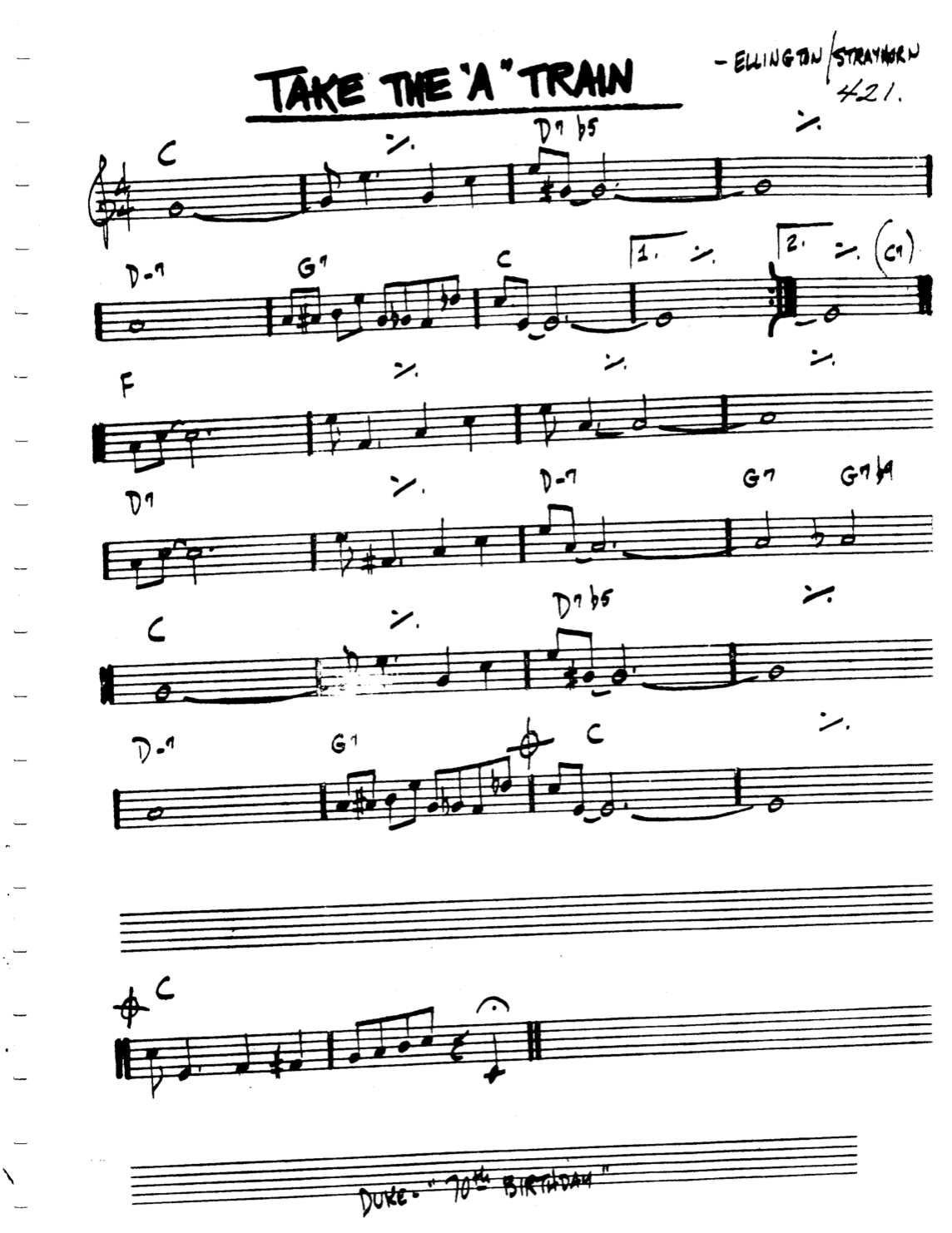Scale Degrees
Scale degrees are a method of indexing a scale. Normally the scale we index is the major scale.
Enumerating the Major Scale
Let's say we wanted to enumerate the C major scale, then what we would do is this
| Scale |
C | D | E | F | G | A | B | C | D | E | F | G | A | B | C |
|---|---|---|---|---|---|---|---|---|---|---|---|---|---|---|---|
| Index |
1 | 2 | 3 | 4 | 5 | 6 |
7 | 8 | 9 | 10 |
11 | 12 |
13 | 14 | 15 |
The convention is normally that we are referencing a major scale unless specified otherwise.
This process also works just fine on any other major scale, so we could take the F# major scale like this
| Scale |
F# |
G# |
A# |
B |
C# |
D# |
F | F# | G# |
A# |
B |
C# |
D# |
F |
F# |
|---|---|---|---|---|---|---|---|---|---|---|---|---|---|---|---|
| Index |
1 | 2 | 3 | 4 | 5 | 6 |
7 | 8 | 9 | 10 |
11 | 12 |
13 | 14 | 15 |
Combining with the Anchor System
If you recall, in the anchor system, the way we think about scales is a little differently, we're able to think about any major scale by simply remembering the pattern 0 2 4 5 7 9 11, and starting on different positions on the neck.
Now if we were to do the same thing as we've done above but for our notation we would get something like this
| Scale |
0 |
2 | 4 |
5 |
7 |
9 |
11 |
0 |
2 |
4 | 5 |
7 |
9 |
11 |
0 |
|---|---|---|---|---|---|---|---|---|---|---|---|---|---|---|---|
| Index |
1 | 2 | 3 | 4 | 5 | 6 |
7 | 8 | 9 | 10 |
11 | 12 |
13 | 14 | 15 |
You can see that this starts to get a little confusing, as the index is a number and the way we reference our note is a number (anchor interval).
Over time you will be able to make this distinction yourself, for now we will italicize the index numbers so that we can differentiate. So we know that 5 is an anchor interval and 5 is an index which references the anchor interval 7.
Use in Chords
Let's say we saw a chord which was a G7 add 9 while our anchor note is C, the way we could make sense of this is first by inspecting the quality which is dom7, defining the distances of 0 4 7 10. In a chord when we see a number after the quality it is referencing the enumeration system we've come up with in the previous section. So the chord would really look like G7 add 9 (with the italic) if we didn't want it to be confusing at all.
Now if we reference our table we can see that 9 references the anchor interval 2, and so we just add (hence the naming 'add 9') this to the distances defined by our quality, so dom7 9 defines the quality 0 4 7 10 2, then we can stack that onto 7 (the anchor interval of G) and get 7 11 2 5 9, then construct it on the guitar.
Additionally we can flatten or sharpen these numbers so that the represent something else, so for example if we saw the chord G7 b9 (it could be written as G7 add b9, but the 'add' is optional), then of course we get the 0 4 7 10 from the dom7 quality, then we would take the 9 which represent 2 (from the original enumeration table) and then flatten it to become a 1.
Therefore when we see a G7 b9 the distances defined by the quality would be 0 4 7 10 1, and stacking that on 7 (Gs anchor interval) we get 7 11 2 5 8.
In the examples we've seen the extra numbers at the end of a quality have added to a chord. But sometimes their purpose is to actually modify the chord itself, we can see an example of this in an actual song:

We can see that the second chord is D7b5, breaking this apart we can see that we first have a D7 chord, if we inspect the quality we know that it is a dominant 7th chord, and therefore is defined by the distances 0 4 7 10.
Taking a look at the b 5, we will go to our enumeration system and see that 5 references 7 and so b5 references 6 combining that with the dom7 quality we get 0 4 7 10 6. We can see that we have a 7 and 6 in the chord at the same time.
If we played the 6 and 7 we would get more dissonance that might be expected, so in this case we let the 6 'override' the 7, and instead consider the whole quality as 0 4 6 10.
Stacking this on 2 (Ds anchor interval), we get 2 6 8 0 which would be the anchor intervals we use in the bar for D7b5.